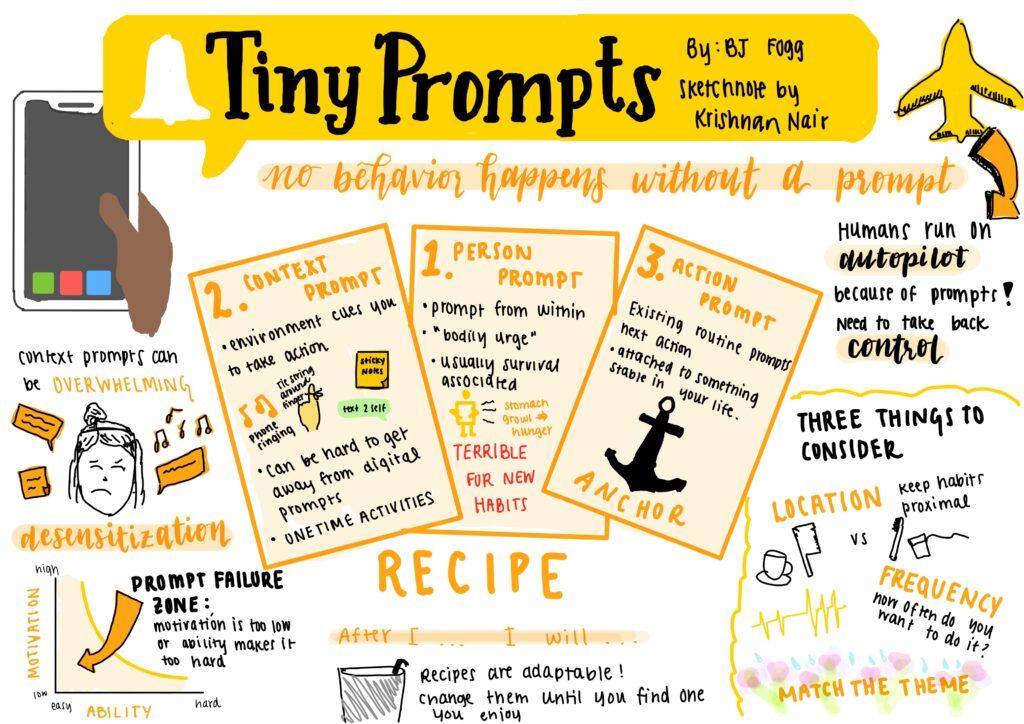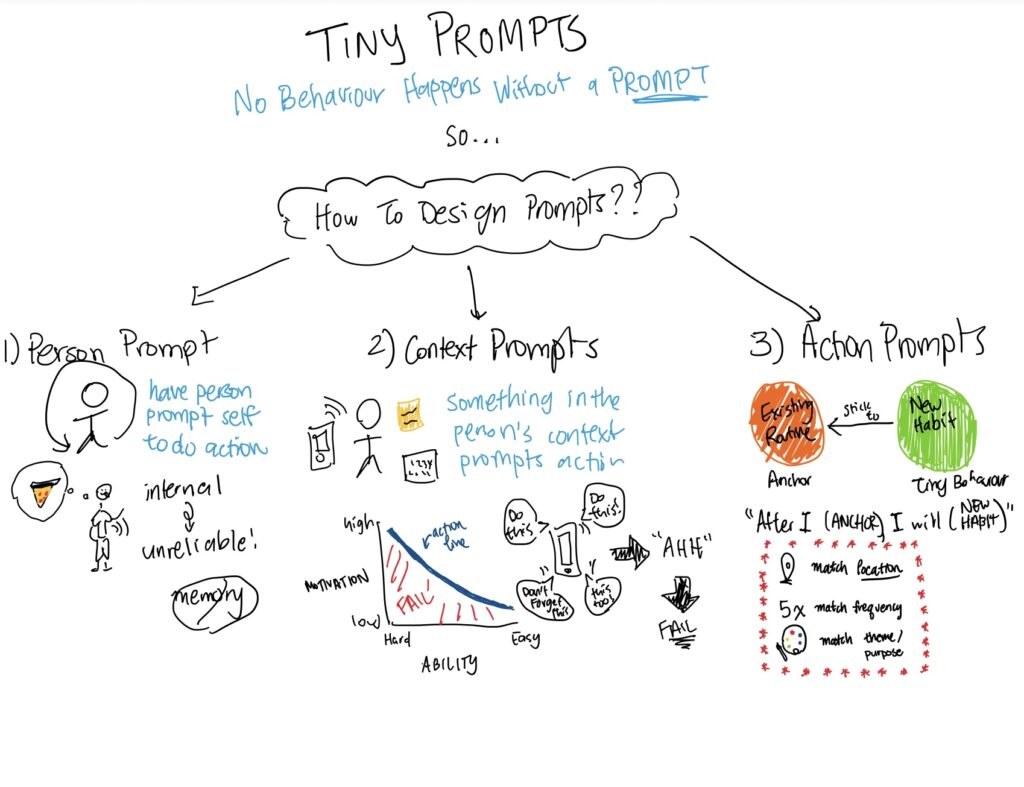Gourville’s research reveals that people value what they might lose roughly three times more than what they could gain. This means your brilliant new feature isn’t competing on level ground. It’s fighting an uphill battle against the deeply ingrained comfort of the status quo. The math is brutal. When developers fall in love with their innovation (overvaluing it by 3x) and consumers overweight their current solution’s benefits (also by 3x), you get a 9:1 mismatch between what product teams think users want and what users actually desire. This explains why products that seem objectively superior—like TiVo’s DVR or Webvan’s grocery delivery—struggle to gain traction despite offering clear improvements. The most powerful strategy is eliminating what users perceive they’ll lose. Toyota’s Prius succeeded where pure electric vehicles failed because it removed the anxiety of limited range. Drivers gained fuel efficiency without losing the security of a gas engine. Product managers should ruthlessly audit their features: What familiar benefits are we asking users to sacrifice? Can we preserve those while adding new value?
Gourville suggests innovations need to be roughly 10x better to overcome the 9:1 bias. Medical breakthroughs like MRIs over X-rays achieved this. But few products can reach that threshold. The alternative is to minimize behavior change entirely. Google succeeded not by reinventing search interfaces but by dramatically improving results within a familiar paradigm. Perhaps the most critical insight for us as product managers is patience. DVD players required minimal behavior change and spread rapidly. TiVo demanded significant mental model shifts and burned through capital trying to force quick adoption of what Gourville would classify as a “long haul” innovation. Understanding where your product sits on the behavior-change spectrum determines appropriate growth expectations and resource allocation.



